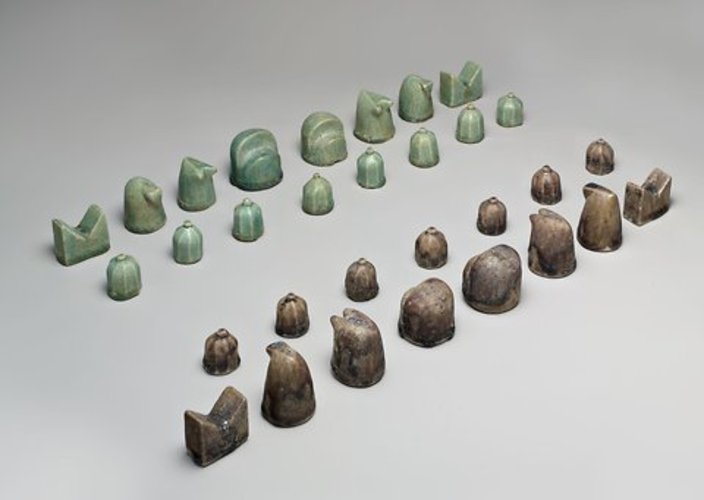
Nishapur #Chess
pinshape
This part was made with Tinkercad. Edit the part online at: https://tinkercad.com/things/isTUoZPmbJP http://artsbeat.blogs.nytimes.com/2011/10/19/an-ancient-chess-set-at-the-met-or-close-enough/ The set has been dated to the 12th century, made of stone paste and found in Nishapur, a city in Northeastern Iran. It resembles modern sets in most respects, but two pieces are different, making it a precursor to the modern game, whose rules mostly emerged in the late 15th century. In the museum's set, queens are replaced by viziers, and bishops are replaced by elephants, called fils according to "Masterpieces From the Department of Islamic Art in the Metropolitan Museum of Art," a book about the exhibition published by the museum. The viziers and elephants move differently and have less power than their modern counterparts, making the game slower and less exciting. The viziers can only move or capture diagonally one square at a time; the modern queen allows unlimited movement in any direction. The elephants move diagonally two squares at a time, while modern bishops can move any number of diagonal squares. Viziers cannot attack each other. Chess had started spreading to Europe centuries before the Metropolitan's Persian set was made and was already moving closer to the modern game there. The Lewis Chessmen, 93 pieces found in 1831 on the Isle of Lewis in Scotland, believed to have been carved between 1150 and 1200 A.D., contain queens and bishops. Thirty of these pieces will be on loan from the British Museum from November 15 through April 22, 2012 at The Cloisters in Washington Heights.
With this file you will be able to print Nishapur #Chess with your 3D printer. Click on the button and save the file on your computer to work, edit or customize your design. You can also find more 3D designs for printers on Nishapur #Chess.
